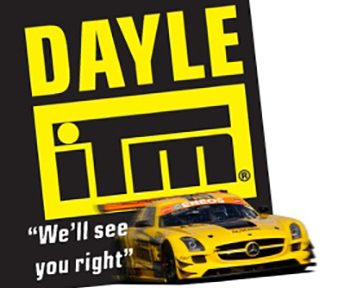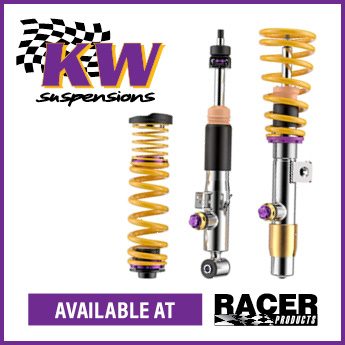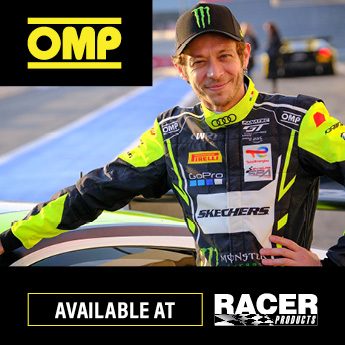The Superstar Racing Experience (SRX) is set to rock the motorsport scene next year, giving stock car and general racing fans a fresh substitute series to NASCAR.
Founded by three-time NASCAR Cup Series champion Tony Stewart and fellow NASCAR Hall of Famer Ray Evernham, SRX has teamed up with a batch of heavyweight all-star drivers to create an exciting winner-takes-all series.
SRX is set to have a field of a dozen drivers ranging from several motorsport disciplines around the world. Drivers will compete on famed short oval and dirt circuits around the United States, with a road course race earmarked for future seasons.
The series posted renders of what the SRX cars will look like on social media earlier in the month. Visually, they are nothing short of sinister with their massive rear wing and their short wheel base.
The cars likely won’t exceed 150 mph on the short oval tracks. Still, they will pack plenty of punch from their high-horsepower engine from a yet-to-be-determined supplier.
Evernham said the cars are designed to be cost-affordable for drivers while appealing to fans with “a car that the racing public can relate to.”
“We envision a hybrid of all different series — we don’t see it looking like a crazy dunebuggyish type car,” Evernham said.
“To me, it’s got to be a really cool looking car that also puts it back in the drivers hands, mechanically-wise and allows it to be more affected by the pedals.”
If the cars look impressive, the driver roster is spectacular.
The list of already confirmed driver names includes Indy 500 winners Helio Castroneves and Tony Kanaan, ex-Formula 1 driver Mark Webber and a host of past NASCAR stars.
While there are no Kiwis on the small entry list, Evernham said at the launch of SRX that his dream driver line-up for future seasons includes six-time IndyCar champion Scott Dixon.
How awesome would that be to watch?

SRX is not exactly a unique initiative. It has been billed as a revival of sorts of the International Race of Champions (IROC) series that ran for 30 years before folding in 2006.
The IROC series put all-star drivers from around the motorsport world into identical stock car machinery on some of America’s best oval circuits.
“I always liked the IROC Series back in the day and even before I was old enough to be a professional race car driver, I looked at that as the cream of the crop,” said Stewart.
“When I got invited to run IROC, it was a huge honour. You were part of an elite group of drivers that got the opportunity to race each other. I always took that seriously.
“When the series went away, I think it left a big hole. It didn’t need to be filled then, but we have an opening now that gives an opportunity for guys like myself and a lot of the guys who will be invited who can still drive race cars, still have the ability, still want to race, to come back.
“Hopefully they will feel the way I did, like it’s a cool opportunity to take seriously and be looked up to as the best out there.”
While SRX is not designed to be a direct competitor to NASCAR, it has looked to embrace factors which NASCAR is either missing out on or not maximising to their full potential.
These include a simplified points system, shorter 90-minute races, and a focus on driver talent over what the car can achieve.
Stewart said the plan is to have each driver and their small team of mechanics arrive at every round and draw for their car and crew chief.
According to SRX’s official website, the series promises to deliver the “most exhilarating racing on the planet.”
While that is a bold claim from a category that is yet to show-off one fully built car, the freshness of SRX means it will be an exciting addition to any motorsport fan’s viewing calendar for next year.















